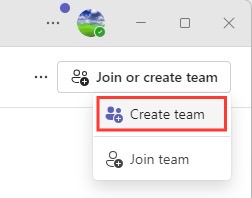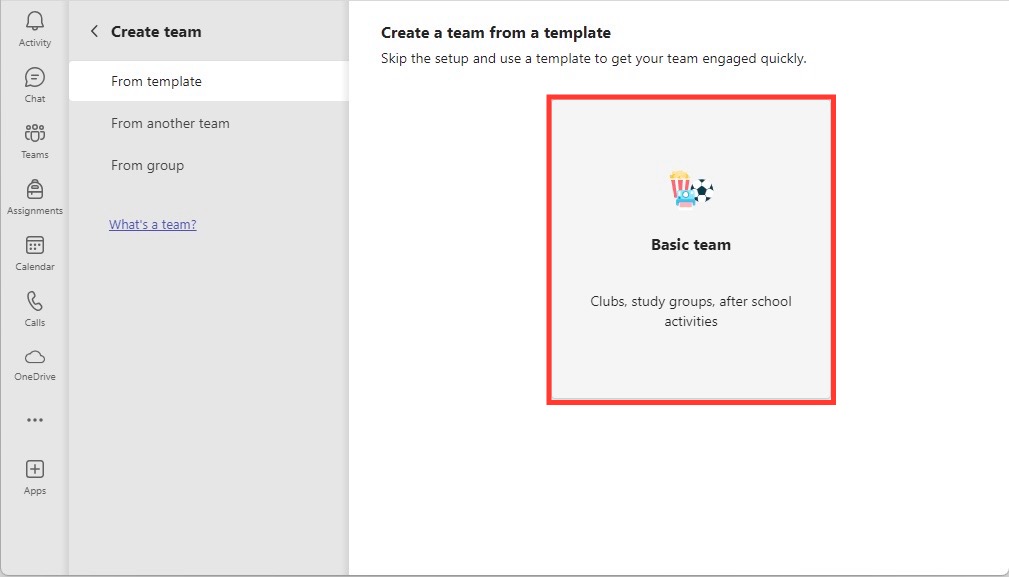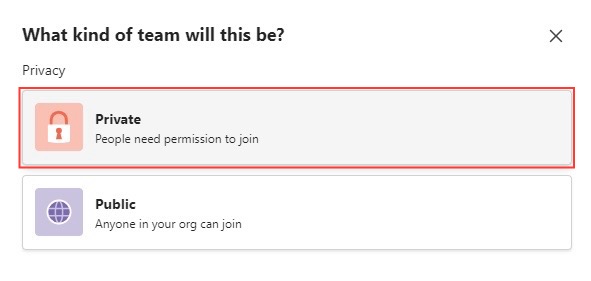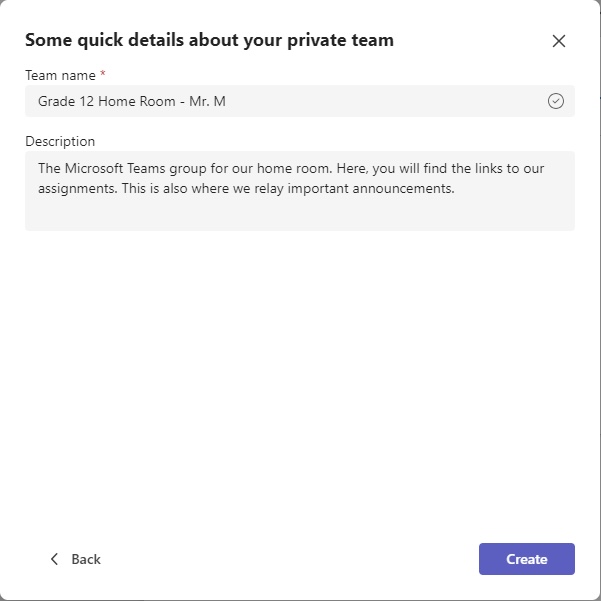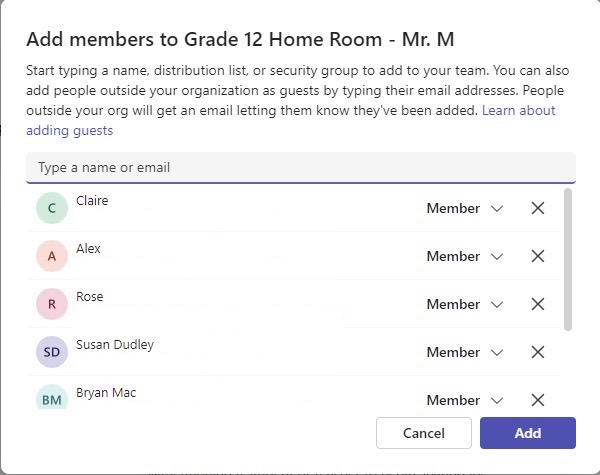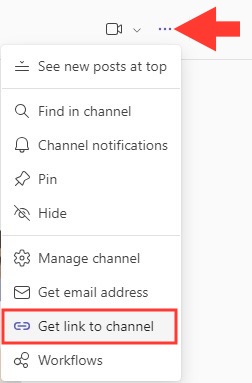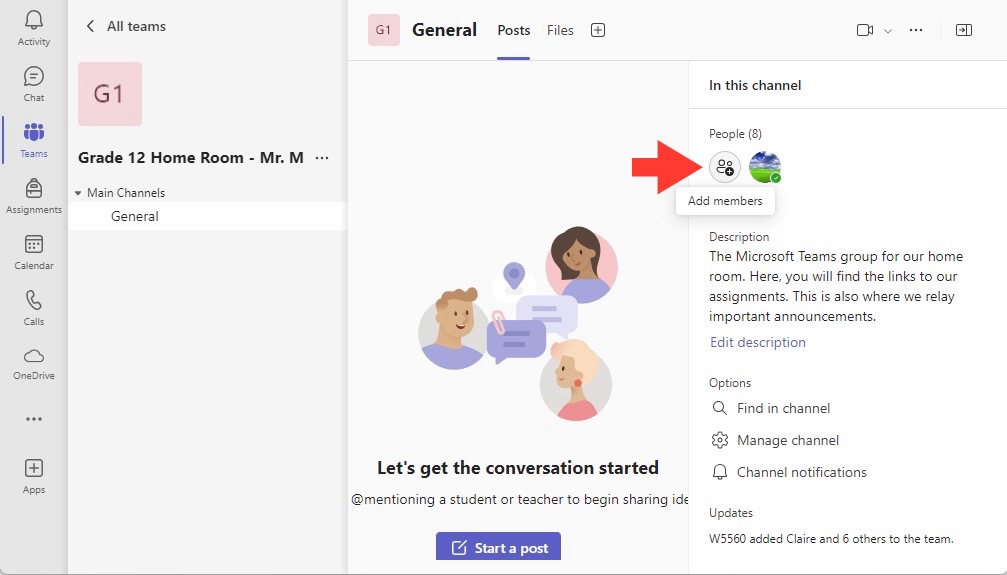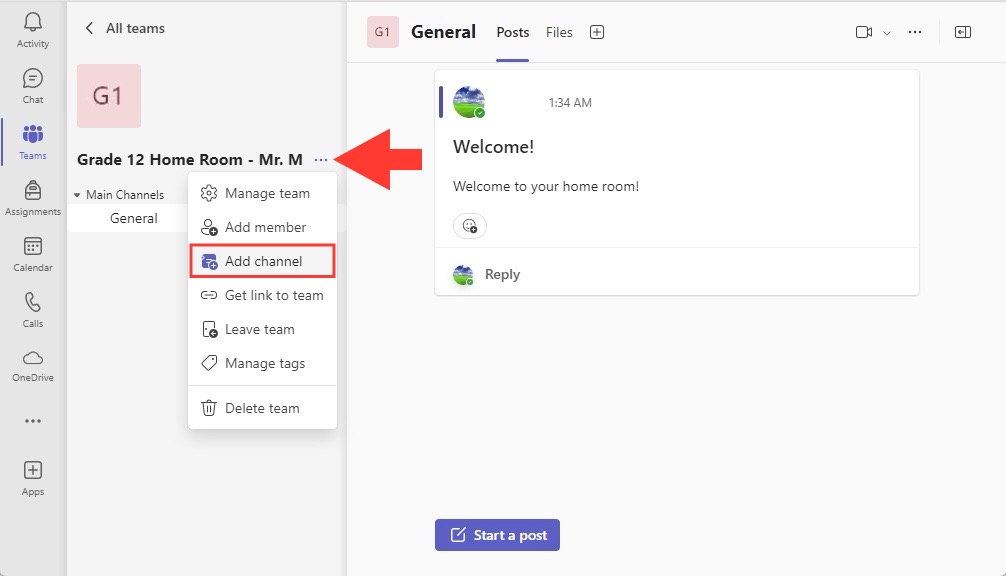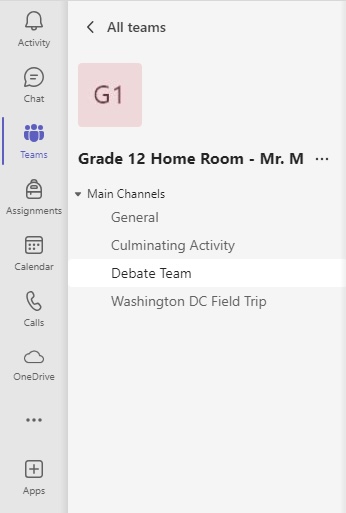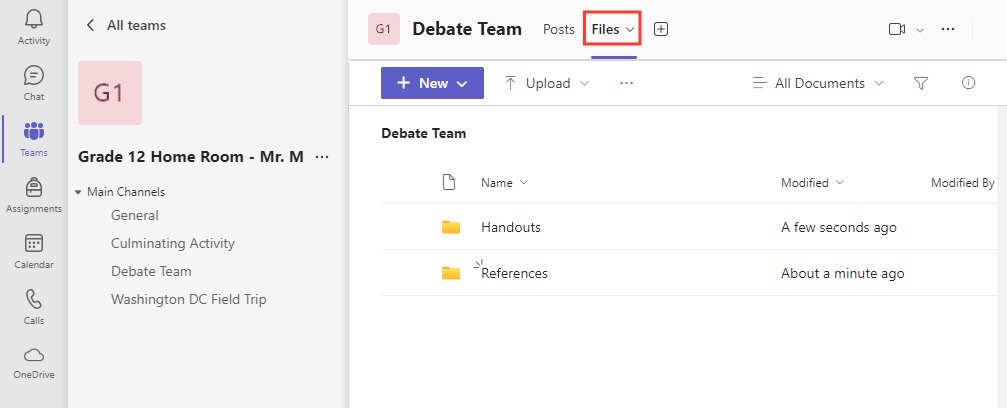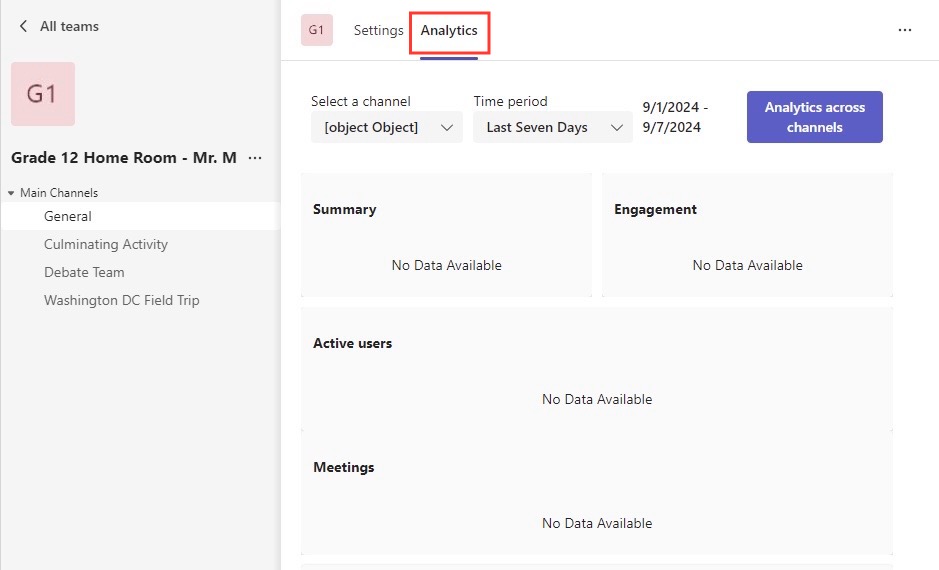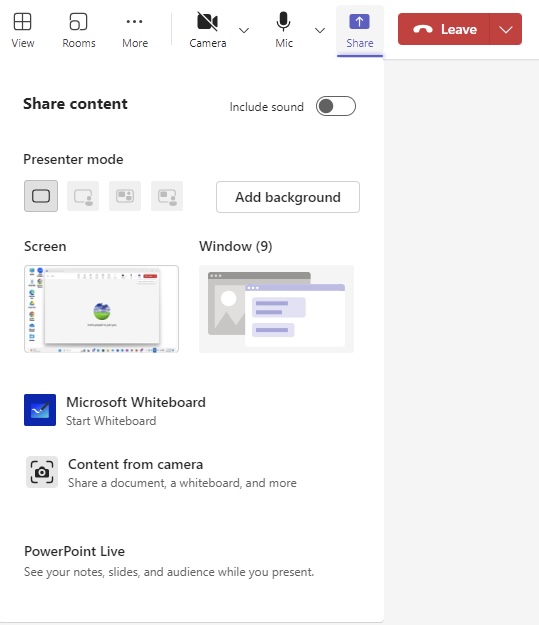In embracing Microsoft Teams within education, I’ve witnessed transformative changes in how classrooms operate. This unified platform by Microsoft has not just been an alternative but a formidable pivot towards digital collaboration. It streamlines processes like assignments submission, performance assessments, and resource sharing, making education more accessible regardless of location or time constraints. The use of comprehensive tools such as Word, Excel, and PowerPoint integrated within Teams enhances the seamless transition from traditional teaching methodologies to a modern, engaging digital environment.
Key Takeaways
- Microsoft Teams for education provides a comprehensive digital learning platform, offering features such as assignment distribution and grading, immersive learning experiences with screen sharing and interactive Whiteboard, and enhanced class participation with the Raise your hand feature and Together Mode.
- The platform integrates with Learning Management Systems (LMS) and delivers actionable insights through an intuitive dashboard, assisting educators in customizing teaching approaches and tracking student engagement and progress for personalized support.
- Prioritizing security and compliance, Microsoft Teams for Education is built on the Azure cloud platform, ensuring secure access to virtual education environments while adhering to FERPA, HIPAA, and over 40 other regional and global compliance standards specific to the educational sector.
The Teachers’ Role in Embracing Digital Collaboration
As a teacher, I play a critical role in the adoption and effective use of digital collaboration. Embracing Microsoft Teams in education means I actively integrate technology into my pedagogy, altering not only how I teach but also how my students learn. It’s my responsibility to become proficient with the platform, ensuring that I can guide my students through their virtual learning journey efficiently. I find myself constantly exploring new ways to encourage student participation, facilitate online discussions, and maintain a dynamic, interactive classroom atmosphere, even from a distance.
Table of Contents
Setting Up Your Classroom on Microsoft Teams
Step-by-Step Guide to Creating Your Educational Space
Begin by logging into your Microsoft Teams account using your credentials.
STEP 1: On the left-hand panel, click on the “Teams” tab to access your current teams or create a new one.
STEP 2: At the top of the “Teams” page, click on the “Join or create team” button.
STEP 3: Select “Create team” from the options that appear.
STEP 4: Choose Basic Team as a template.
Opt to make it a private team.
Enter a name and a brief description for your class team. Make sure it’s clear and easy for students to recognize.
STEP 5: Add students to your team by either entering their email addresses or generating a join code that you can share with them.
STEP 6: Create channels within the team for different topics, projects, or group discussions. This helps keep content organized.
STEP 7: Go to the ‘Files’ tab within your team and upload essential resources, such as lesson plans, handouts, or reference materials.
Once everything is set up, review the structure of your class team, making any final adjustments to ensure a smooth learning experience for students.
Customizing Settings for Optimal Student Engagement
To optimize student engagement on Microsoft Teams, I diligently customize settings to suit the needs of my class. I adjust permissions in ‘Team settings’ to enable or restrict student actions, like creating channels or posting messages, based on our class dynamics.
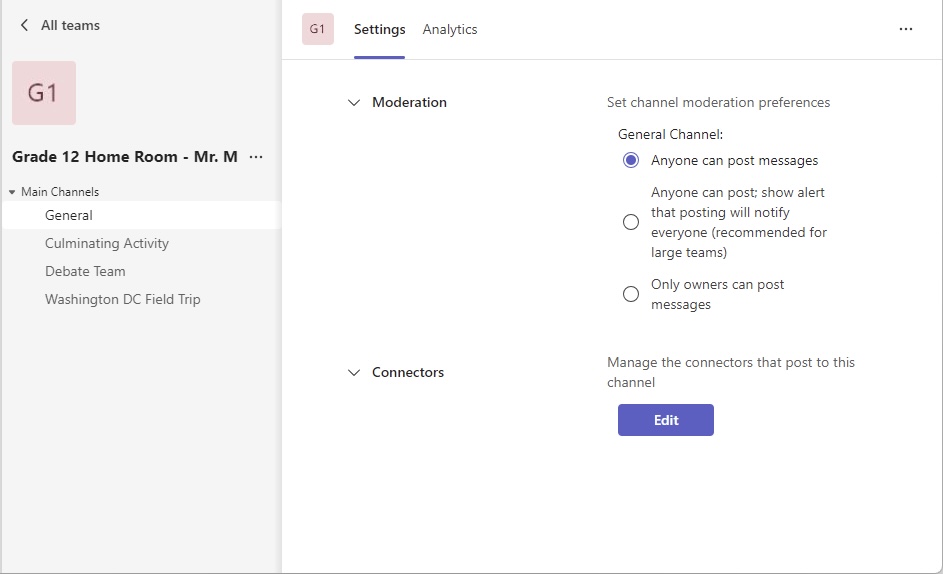
Additionally, by utilizing the ‘Analytics’ tab within my class team, I monitor engagement metrics and tailor my approach to encourage more active involvement. I found that setting clear expectations for online behavior and discussion formats also helps to maintain a respectful and constructive learning environment.
Leveraging Microsoft Teams Features for Teaching
Innovative Assignments and Interactive Learning Tools
When it comes to making the most of Microsoft Teams for teaching, the platform’s capacity for innovative assignments and interactive learning tools stands out to me. I take advantage of the Assignments feature to create diverse and multimedia-rich tasks. Students can submit their work directly through Teams, and I can provide feedback using the same system.
Interactive tools such as the Whiteboard app during video calls facilitate real-time brainstorming sessions and problem-solving activities, making learning more dynamic.
Here’s a quick look into what I consider the best features for innovative assignments on Teams:
- Assignment scheduling: Plan activities in advance with due dates and reminders.
- Multimedia integration: Easily add videos, audios, and documents to assignments.
- Feedback tools: Use comments and rubrics for clear evaluation and feedback.
- Grading integration: Sync with grade books for seamless tracking of student performance.
- Quizzes: Utilize Forms to create quizzes that can be graded automatically.
The benefits of using these tools are evident, including increased student engagement, ease of access to materials, and enhanced collaboration between peers. However, one must not overlook potential cons, like students facing technology learning curves, or the risk of reduced physical interaction. These tools are particularly ideal for educators eager to innovate their teaching strategies and who possess a comfort level with technology in the classroom.
Engaging Students Through Video Meetings and Collaborations
Video meetings and collaborations have become cornerstones of remote and hybrid learning, particularly so in my use of Microsoft Teams. I engage my students by organizing regular video calls, which we use for a variety of educational activities, from instruction sessions to group discussions and student presentations. To foster a closer-to-classroom experience, I utilize features like ‘Together mode’ and the upcoming ‘3×3 grid’ view to see more students at once, enhancing the sense of community.
To optimize our video meetings, I follow these crucial steps:
- Use the ‘Meet now’ or ‘Schedule a meeting’ options to align with our class schedule.
- Encourage students to use the background blur or custom backgrounds to minimize distractions.
- Share relevant materials beforehand in the channel where the meeting will take place.
- Record sessions for students who cannot attend in real-time, ensuring no one falls behind.
- Leverage breakout rooms for smaller group work or focused discussions.
Through these collaborative features, we can maintain a high level of interaction and engagement, which is vital for a successful learning experience. However, I am mindful of the challenges, like varying internet accessibility for students, which is why I also provide dial-in options whenever possible.
Streamlining Communication with Students and Parents
Enabling Effective Feedback Channels on Assignments
Creating effective feedback channels within Microsoft Teams assignments has immense pedagogical value and impacts student growth significantly. I ensure my feedback is impactful by setting clear learning objectives and success criteria for assignments, which guide my evaluations. Within the Teams platform, I utilize the built-in rubric feature to provide structured, detailed feedback along with personalized comments to address individual student needs.
To maintain an organized feedback workflow:
- I use assignment grading features to annotate directly on student work.
- I provide audio or video feedback, which can be more nuanced than written comments.
- I encourage students to ask clarifying questions on the feedback provided, fostering a two-way communication channel.
This interactive approach not only clarifies expectations but also enables students to reflect on their learning process, identify areas of improvement, and build their skill sets. Regular and constructive feedback is instrumental in nurturing a positive learning experience and motivating students to strive for excellence.
Maximizing the Potential of Virtual Learning Spaces
Ensuring Inclusivity and Accessibility in a Digital Environment
Ensuring inclusivity and accessibility in my digital classroom is a top priority, and Microsoft Teams aids me significantly in this endeavor. Teams is equipped with built-in accessibility features that support a broad range of learning needs, ensuring that every student has the opportunity to engage fully with the course material. Live captions during video meetings help students with hearing impairments follow along, and the screen reader feature supports those with visual challenges in navigating through the platform.
How I ensure an accessible learning environment:
- Employing immersive reader functionality to assist with reading comprehension.
- Customizing font sizes, color contrasts, and other visual aspects for clarity.
- Utilizing keyboard shortcuts within Teams to aid students with mobility difficulties.
- Making use of the automatic translation feature to support non-native English speakers.
- Ensuring all shared materials are accessible, including alt-text for images and closed captions for videos.
By integrating these accessibility tools, I create an inclusive environment in which all students can participate equally and benefit from the collaborative nature of remote learning.
Integrating Additional Tools and Resources via Teams
The true power of Microsoft Teams in education lies in its ability to integrate seamlessly with a multitude of additional tools and resources. This integration not only enriches the learning experience but also adapts to diverse educational needs. I leverage apps like Flipgrid to facilitate video discussions, Kahoot! for interactive quizzes, and Pear Deck to create engaging presentations that allow real-time student interaction.
To enhance my curriculum, I link to a variety of external resources directly within Teams:
- E-books and online libraries for extensive reading material.
- Scholarly articles and educational websites to support research assignments.
- Multimedia content like educational videos and podcasts for supplementary learning.
Moreover, Teams allows guest speakers to join my class remotely and virtual field trips to be organized, broadening the horizons of my students without the need to leave their homes. All these experiences contribute to a well-rounded educational experience, enabling me to cater to varied learning styles and preferences within my class.
Best Practices for Securing Your Teams Environment
Safeguarding Student Data with Microsoft’s Security Measures
As an educator, safeguarding student data is a priority, and Microsoft’s security measures provide me with peace of mind. Microsoft Teams is built on a foundation of security features designed to protect both identity and access. With Microsoft Entra, I manage identities, ensuring that only authorized users have access to our Teams environment. Additionally, device management, facilitated by Intune/AutoPilot, allows me to control the security settings of the devices accessing our classroom data.
I rely on these key measures to keep our digital space secure:
- Multi-factor authentication (MFA) to verify the identity of all users.
- Conditional access policies to restrict login attempts under certain conditions.
- Regular software updates and patches that are automatically pushed to reduce vulnerabilities.
- Data loss prevention policies to prevent sensitive information from leaving the Teams environment.
- Secure guest access that lets external users participate with limited permissions.
With these security protocols in place, I feel confident that student data is protected from cyber threats, which, in turn, ensures the integrity and trustworthiness of our digital educational space.
Creating a Safe Digital Learning Space through Policies and Settings
Creating a safe digital learning space within Microsoft Teams is essential for maintaining a positive and productive educational environment. We utilize administrative policies to dictate who can use private chat and calling, schedule meetings, and share certain types of content. It’s crucial to keep students protected not only in the physical classroom but also in the virtual one.
To secure our learning space, these adjustments in Teams are imperative:
- Disabling or strictly moderating private chat and calling options to ensure interactions are appropriate and on-task.
- Controlling the ability to schedule meetings to prevent unauthorized sessions from being organized.
- Setting content sharing policies that restrict the type of files and data students can exchange to prevent the distribution of inappropriate or harmful materials.
Additionally, I regularly review and update these settings to align with best practices in digital citizenship and to respond to evolving needs and situations. This vigilance helps to keep our online learning environment as safe and focused as our physical classrooms.
Driving Adoption and Continuous Learning
Strategies for Encouraging Faculty and Student Buy-In
To successfully drive adoption of Microsoft Teams in my school, I focus keenly on the educators’ experience. By sharing a checklist of best practices, I guide fellow educators through the initial kickstart with Microsoft 365 and Teams. Advising them to read the Microsoft 365 Adoption Guidance, I help my colleagues document their change management strategies for a smooth transition.
Some strategies we leverage to encourage faculty and student buy-in include:
- Showcasing the direct benefits to them, such as simplified communication and collaboration.
- Providing comprehensive training and ongoing support to ease the learning curve.
- Generating and capturing feedback using in-platform features like Teams channels or Viva Engage groups for large schools.
- Highlighting success stories and rewarding innovative uses of the platform.
Analytics from Microsoft 365 activity reports are my go-to for understanding usage and identifying areas to improve adoption across our educators, ensuring that every faculty member is equipped to use Teams efficiently.
Utilizing Insights and Analytics to Enhance Educational Outcomes
In my journey to enhance educational outcomes, the analytics and insights features within Microsoft Teams have proven to be invaluable. Regularly reviewing the data allows me to identify trends in student engagement and participation, flag students who may need additional support, and refine my teaching strategies based on concrete metrics.
Here’s how I utilize these tools:
- Monitoring activity in the Insights tab, which provides an overview of class engagement levels.
- Using assignment analytics to track submissions and identify students who are consistently late or missing deadlines.
- Analyzing communication patterns in Teams chats and channels to ensure all students are contributing and collaborating effectively.
- Accessing the Grades tab to track overall performance and progress in a course.
- Evaluating feedback from assignments and polls to understand student comprehension and receptiveness to materials.
Leveraging these insights can dramatically improve how I support and deliver education, tailoring the experience to meet the unique needs of each cohort. This data-driven approach ensures I am continuously aligning my teaching methods with the goals of maximizing student success and engagement.
FAQ Section
How do I get started with Microsoft Teams for my classroom?
To start using Microsoft Teams for your classroom, ensure you have an Office 365 Education account. Then download the desktop app, as it offers the best range of features and stability for educational use. Follow the simple process of creating a team, customize your virtual classroom with channels and tabs, and invite your students to join by adding their emails or sharing a class code. Check out Microsoft’s online resources and training materials to get familiar with the platform features and best practices.
What are some creative ways to use Teams for educational purposes?
Creative uses of Teams for education include hosting virtual field trips to explore new places, organizing ‘Ask an Expert’ video sessions, integrating educational apps for gamified learning, running themed challenges or competitions through the assignments, and creating student-led webinars to share knowledge. These activities capitalize on Teams’ versatility and can increase student engagement and enjoyment.
How can I ensure cybersecurity within the Teams platform?
To ensure cybersecurity within Microsoft Teams, it’s essential to implement robust access management practices, like using strong passwords and enabling multi-factor authentication (MFA). Regularly update Teams and associated software to mitigate vulnerability risks. Educate students about digital citizenship and secure online behaviors. Use Microsoft Intune for device management and compliance policies to protect data, and configure Teams security settings to control file sharing and guest access. Always stay informed about the latest security features and best practices provided by Microsoft.
Can I use Microsoft Teams to communicate with parents, and if so, how?
Yes, communicating with parents through Microsoft Teams is streamlined with several features. You can use the chat function to send direct messages to parents, share updates and homework through channels specifically set up for parent communication, or schedule virtual parent-teacher conferences using the calendar feature. Additionally, by enabling the Weekly Guardian Email Digest, you can keep parents informed of upcoming assignments and classroom activities.
John Michaloudis is a former accountant and finance analyst at General Electric, a Microsoft MVP since 2020, an Amazon #1 bestselling author of 4 Microsoft Excel books and teacher of Microsoft Excel & Office over at his flagship MyExcelOnline Academy Online Course.


